Killbuck Swamp
Killbuck Swamp Preserve. Killbuck Swamp is a 350-acre preserve located in Holmes and Knox. This preserve was made possible with the partnership of the Killbuck Watershed Land Trust, which manages 10,000 acres of conservation easements and two nature preserves in a multi-county region. As one of the largest wetland preserves in the region, Killbuck Swamp is a haven for biodiversity, boasting an array of unique habitats. From lush marshes to tranquil waterways, this sanctuary provides vital refuge for countless species of plants, animals, and birds. Birding enthusiasts will delight in the diverse avian population that thrives within the preserve. Keep your eyes peeled for Eagles, Sandhill Cranes, countless waterfowl species, and warblers. The swamp supports tens of thousands of spring peepers, their collective songs drowning out all other sounds on warm spring nights.
Address: 10114 SR 520, Killbuck OH 44637
Download and Go! - Hiking Guide and More Information
A dog owner's guide to hiking the Arc of Appalachia
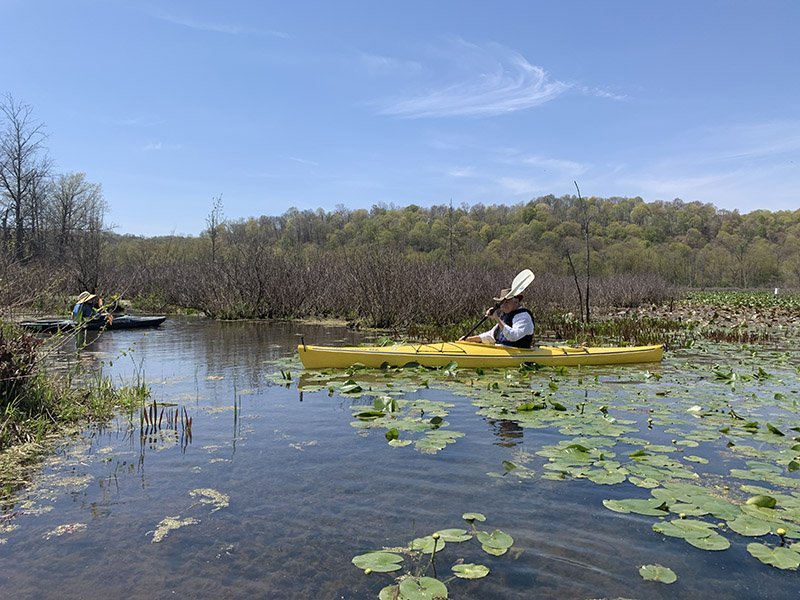
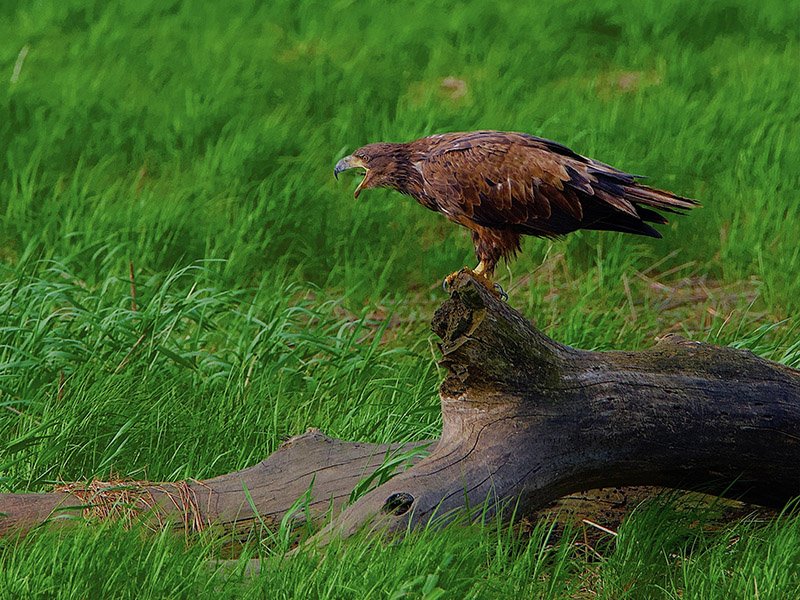
Juvenile Bald Eagle by Paul Swarmer
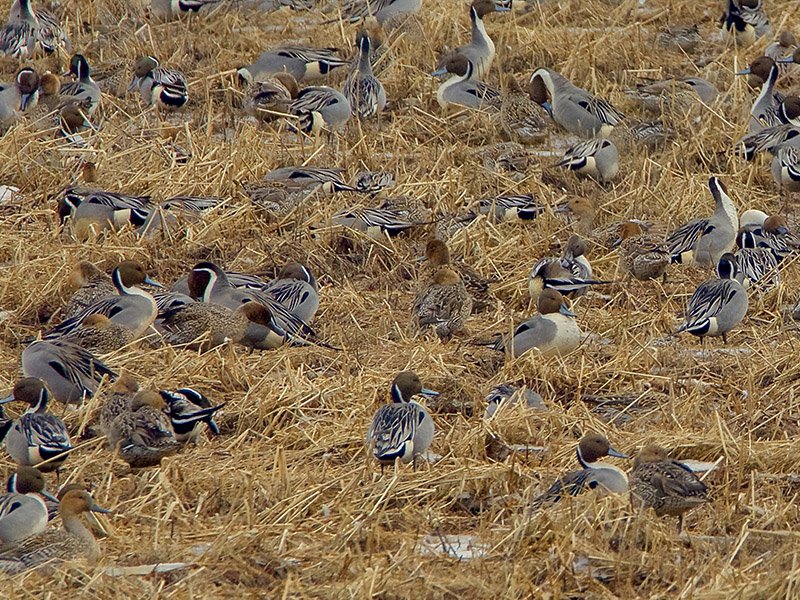
Flock of Pintail Ducks by Paul Swarmer
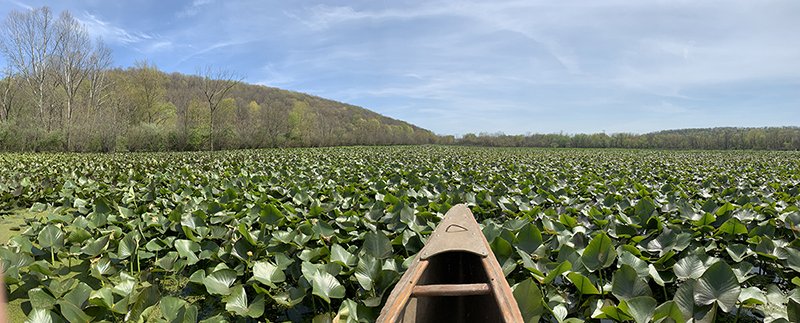
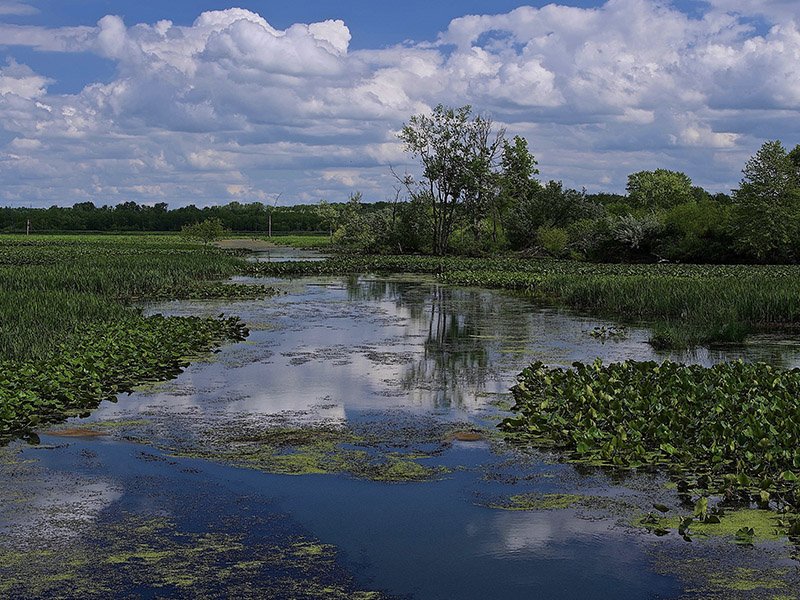
Photo by Paul Swarmer
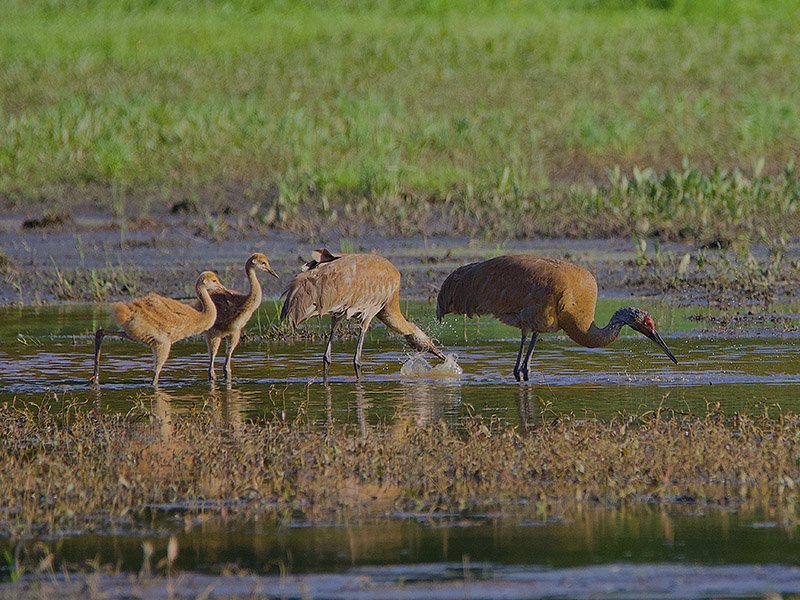
Sandhill Cranes by Paul Swarmer
Natural History.
Wetland ecosystems are credited with being the most biologically productive communities in the world. Killbuck Swamp is a birder’s dream with sights of soaring bald eagles and rafts of floating ducks and geese. On our first canoe trip to the site, we were accompanied by a tightly bonded breeding pair of the state-threatened Trumpeter Swan, a bird that has become well-established in the Killbuck after being extirpated from the state. Another state-threatened bird in Ohio, the Sandhill Crane, can be seen in the immediate region of Killbuck Swamp nearly every month of the year. Marsh Wrens rattle from the cattails, and it is not uncommon to catch sight of the “Swamp Lantern,” the brightly colored Prothonotary Warbler. Other signature bird species of Killbuck Swamp include the Great Blue Heron, Green Heron, Hooded Merganser, Great Egret, Spotted Sandpiper, Common Moorhen, and American Coot.
The dependably inundated spring waters of Killbuck Swamp support tens of thousands of spring peepers, their collective songs drowning out all other sounds on warm spring nights. The vernal pools are breeding grounds for other spring amphibians including wood frogs and spotted salamanders. The still waters of the swamp that border Killbuck Creek on the acquisition’s eastern boundary support a high diversity of fish. Such shallow wetlands are notoriously low in oxygen at times, sometimes lethally so. Thus many fish species are only temporary visitors to wetlands – scooting back to the better-aerated waters of the main creek when oxygen levels plummet
Found in large numbers in this preserve were the central mud minnow and the Bowfin. The Bowfin is the sole surviving species of an entire order of fish that once flourished in the Jurassic. Both the central mud minnow and the Bowfin have special anatomical adaptations that allow them to gulp and assimilate oxygen on the surface of the water. The sturdy, feisty Bowfin has a limited distribution in Ohio. Closer to the main stem of Killbuck Creek, fish researchers made another exciting find – the fry of the state threatened, Lake Chubsucker. Before heavy development in Ohio, this fish species was found in shallow bays all along the south shore of Lake Erie. Today these population strongholds have vanished, and Killbuck Watershed is now a critical refuge for this rare fish.
Preserve history:
Those readers who have been with the Arc a long time are probably asking, “How in heaven’s name did the Arc end up in northeastern Ohio?” Fair question.
It all started when one of the Arc’s longtime enthusiasts, Janet Kohr, informed Nancy Stranahan, Arc Director, that as part of her estate plan, she was setting up an endowment fund for the Arc of Appalachia. Nancy, intrigued by what Janet divulged about her preservation activities, drove up to her home in Knox County to learn more about the privately owned system of preserves that Janet had gathered up in the Kokosing Watershed: 5 tracts totaling roughly 270 acres.
Once there, Nancy saw how beautiful the properties were, and learned that Janet was having trouble visualizing a local entity capable of managing the complex needs of her preserves. Later, the two conspired, and long story short, the Arc Board agreed to receive Janet’s properties as a bequest, and Janet agreed to increase her endowment to help support the hiring of an on-site preserve manager to steward them. Nancy casually mentioned that since Janet was already overseeing her lands and intended to do so for life, anyway, she might keep her eye out for other worthy properties in the region that perhaps the Arc could buy with the help of Clean Ohio funding. Any lands that were found and acquired could be merged with Janet’s holdings after her passing to make an even larger and more compelling system of local preserves. Nancy told Janet, “However, any properties sought would have to be of exceptional quality. It might take you 5-6 years to find something attractive enough to draw the Arc across I-70 anytime in the near future.”
Three weeks later, Janet called Nancy with the question, “Is the Arc interested in buying a swamp?” Janet had found a swamp for sale in nearby Holmes County, just 35 minutes away from her farm. When Nancy saw the photos on the realty listing, she was astonished that wetlands that large and beautiful existed anywhere in the state, and that prompted a search of local land trusts to see if any other entity was already working on the acquisition. The trail led to Randy Carmel - President of Killbuck Watershed Land Trust, expert birder, and all-around naturalist. Randy explained to Nancy that he had been negotiating with the owners for over a year and he was confident the wetlands could be mostly funded through a Clean Ohio grant. However, he also shared that he was constrained by the fact that the mostly volunteer-driven land trust did not have enough money to supply Clean Ohio’s required 25% match.
After talking for some time, Randy and Nancy both decided that bringing the Arc of Appalachia and Killbuck Watershed Land Trust together was a match made in heaven. Together a Clean Ohio grant was submitted and rewarded. The two entities agreed to co-own Killbuck Swamp. The application ended up earning the highest score in the entire district.


